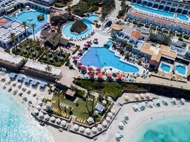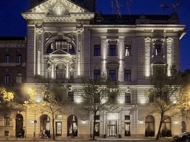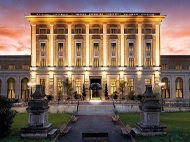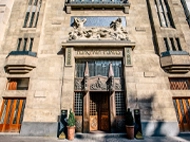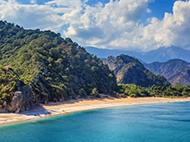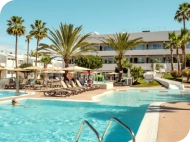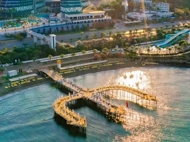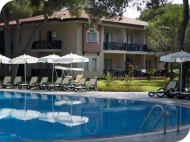
Archaeological Park Of Herculaneum
While most people are aware of the tragic city of Pompeii, fewer are aware of Herculaneum. If you're taking your holidays to Sant'Agnello and have an interest in Italy's rich history, this historic marvel is an absolute must.
Named after the Greek demigod Hercules, the city was once a popular retreat for Romans on their holidays to Sant Agnello, and recent excavations have uncovered a villa used by the Emperor. With some stunning beaches nearby and a typically Mediterranean climate, the area continues to offer all the right ingredients for a relaxing, sun-filled holiday. However, if you can bear to tear yourself away from the sands, sunsets and restaurants, it's a fascinating day out.
The history of Herculaneum
When Mount Vesuvius erupted in around 79 AD, the towns and villages surrounding the epicentre were filled with poisonous gases, wiping out the inhabitants. In addition, the eruption sent thousands of tons of scorching ash into the air. When this ash settled it solidified, effectively mummifying anything organic such as wood, clothing, food, animals, and people.
Herculaneum was preserved for all time under a layer of volcanic ash over 50 feet deep. This once-stunning city was first uncovered in the 16th century when a well was being installed for local villagers. Over the next 200 years, excavations slowly uncovered the remains and ruins of the last moments of this city.
Herculaneum or Pompeii?
Although excavations are continuing, most of Herculaneum still hasn't been uncovered. For visitors, this makes it an easier site to explore than Pompeii. However, each has its own merits for history buffs, and both have added to our understanding of the lives of the ancient Romans. Herculaneum offers an easy-to-navigate network of streets, which lead into houses, shops, and even underground. Walk through archways, between columns and through passageways that were once used by the inhabitants of this doomed city.
What to expect
A UNESCO World Heritage Site, you'll find these strangely beautiful ruins just over a 20 minutes' drive from Naples, sitting in the shadow of the volcano that froze them in time nearly two millennia ago. You can choose to wander freely or learn more about the site by joining one of the many tours that take visitors around the town.
For the best of both worlds, you can hire an audio-guide earpiece, which will tell you everything you need to know about the structures and buildings you'll encounter on your visit. While you'll no doubt be packing your camera, it's also important to pack sun cream and some water too, as the summer temperatures average in the high 20s and can climb all the way up to the low 30s.
Highlights and must-sees
It's easy to spend an entire day here, but there are some parts of the city that you should set aside some time to visit. The Central Baths, excavated in the early 20th century are well preserved, and you can even see the heating system, which used a nearby well to ensure they remained at a constant temperature. Even the floors have stood the test of time. The male baths are decorated with a mosaic featuring dolphins, while the female baths have a design of geometric shapes and wooden shelving.
The House of Neptune and Amphitrite
The House of Neptune and Amphitrite is home to some of the best mosaics in the city. The house's owner was thought to have been wealthy and used his house to show off his social standing, which can be seen in the elaborate floor mosaics and the beautiful wall paintings. These are preserved to such an extent that it's even possible to see the artist's signature on them.
Another feature that sets this house apart is the tablinum. Despite the owner's obvious wealth, this house is relatively small and was not big enough to have a typical courtyard garden. The tablinum is a viewing room that looks into an indoor garden room which, although modest, is a further clue that the owner was a man of some status.
The new gods
Most of us are aware of the Roman gods. However, not everyone knows that some Roman emperors achieved god status after their deaths. Octavian Augustus achieved those heights and the Hall of Augustales offers a fascinating insight into the religious beliefs of the day. Sporting stunning paintings this was one of the few buildings with a skylight, which flooded the hall with sunshine at specific points in the day.
Whether you're a history buff or simply want to explore something a bit different on your holidays to Sant' Agnello, Herculaneum is an inspiring day out. For fewer crowds, get there early in the day and try to avoid the heat of the midday sun.
More Things To Do ideas
Find more Things To Do in Sant Agnello: Chiesa Di San Prisco E Agnello | Golfo del Pecoriello | Santuario Di San Giuseppe | Stabilimento Balneare La Marinella

Best hotels in Sant Agnello
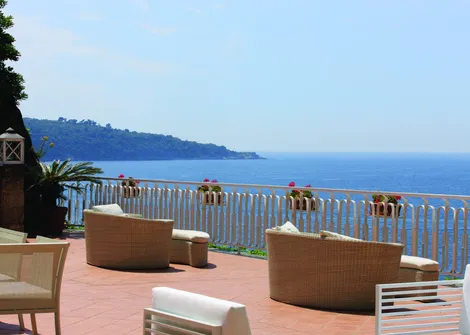
Hotel Corallo Sorrento
Italy, Sorrento, Sant Agnello
2055 reviews
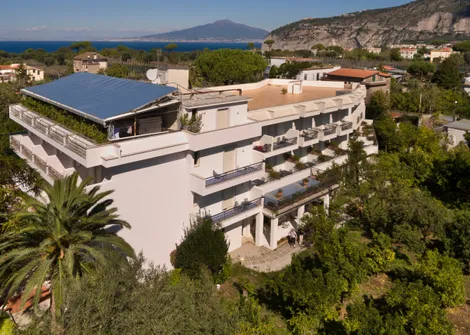
Hotel Alpha
Italy, Sorrento, Sant Agnello
1585 reviews
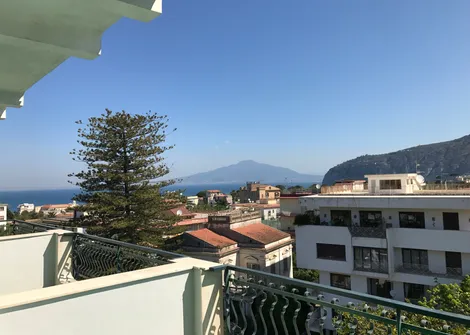
Majestic Palace
Italy, Sorrento, Sant Agnello
1036 reviews
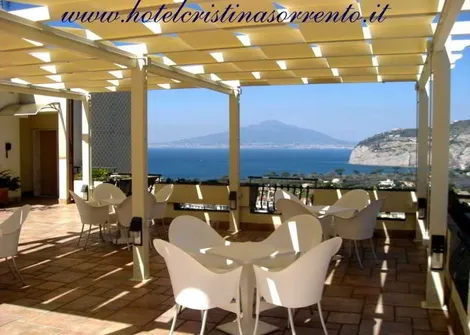
Hotel Cristina
Italy, Sorrento, Sant Agnello
598 reviews
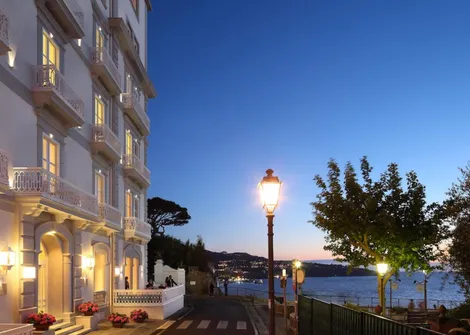
Hotel Mediterraneo Sorrento
Italy, Sorrento, Sant Agnello
1880 reviews
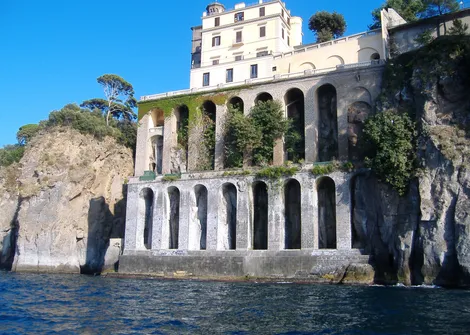
Villa Crawford
Italy, Sorrento, Sant Agnello
108 reviews
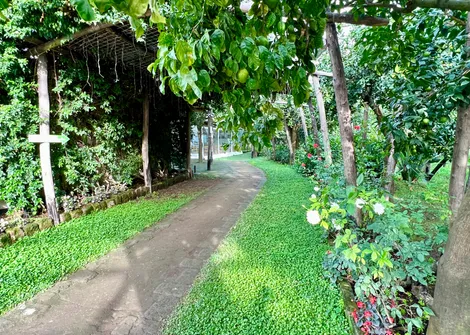
Relais Correale Rooms&Garden
Italy, Sorrento, Sant Agnello

